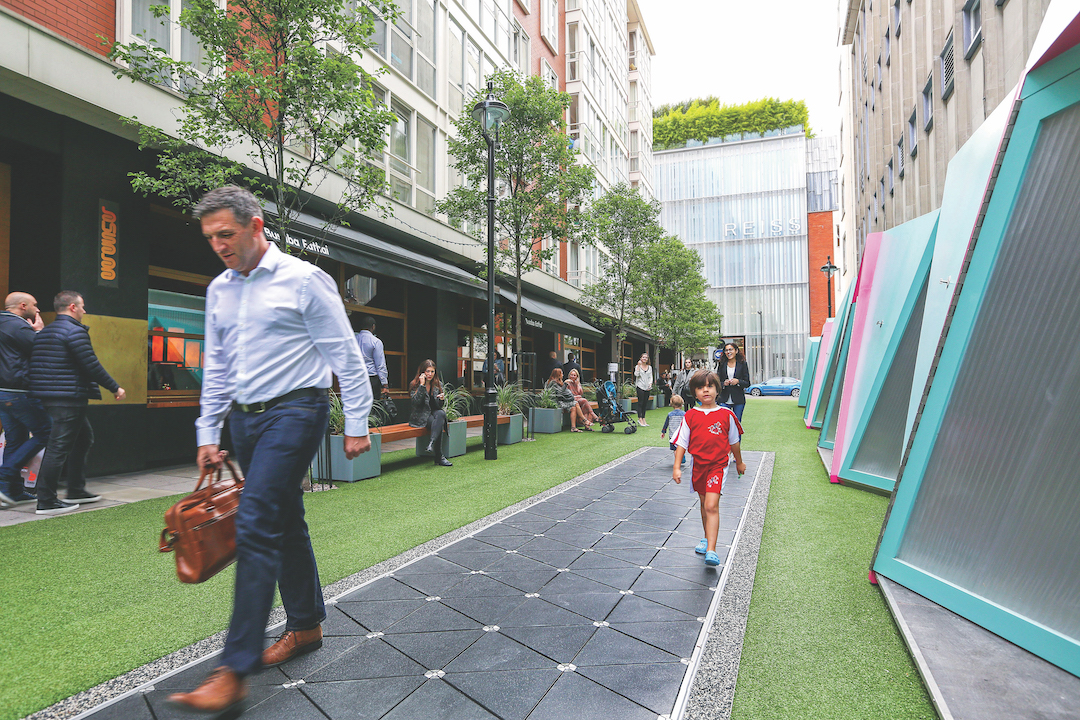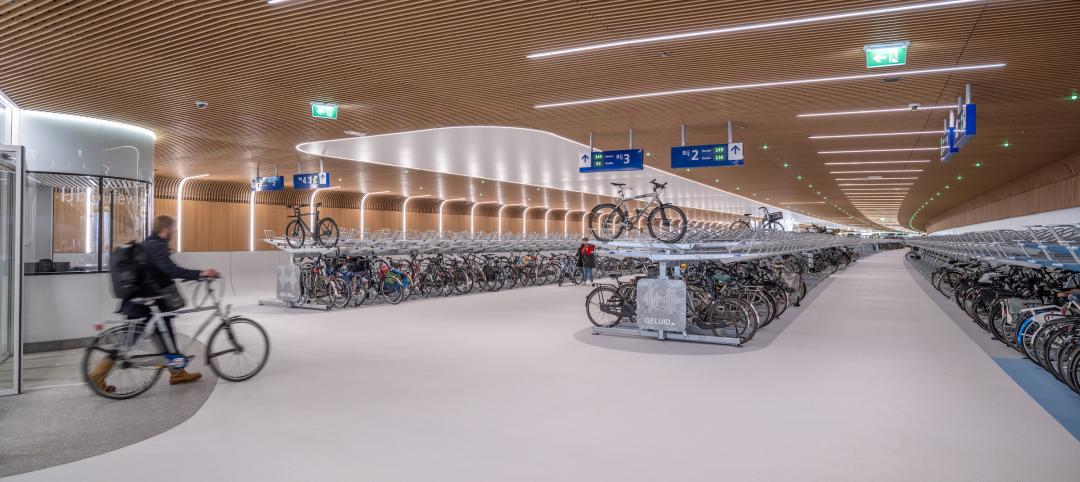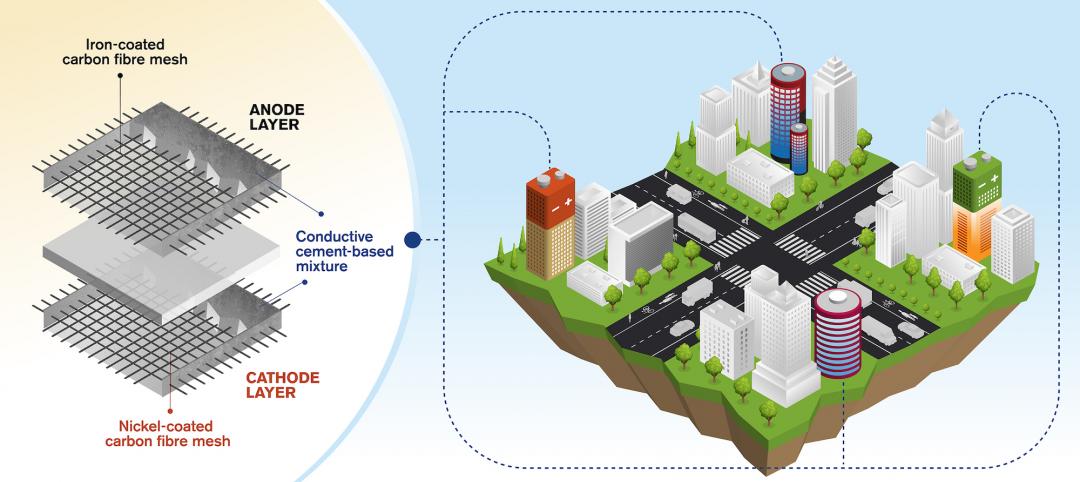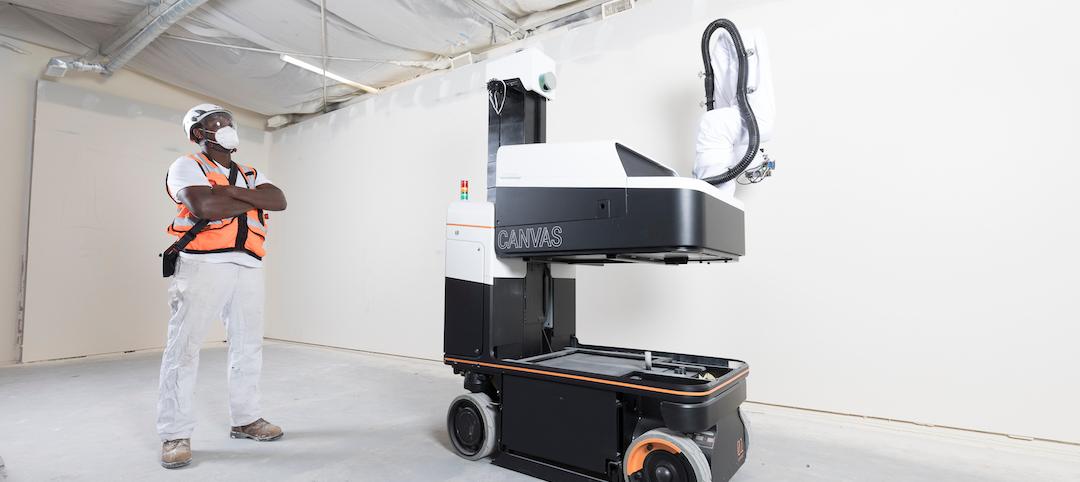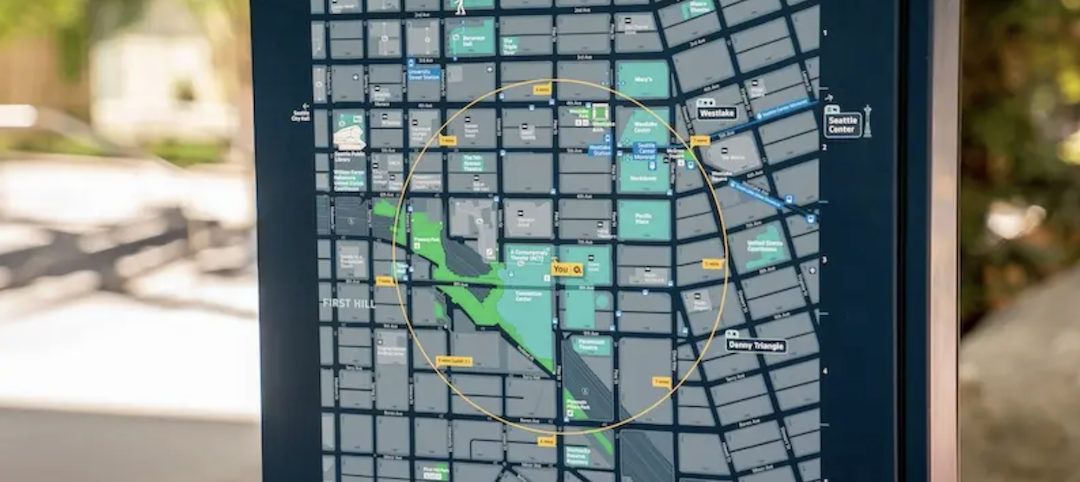You’ve heard of whistling while you work. What about energizing while you walk?
That’s the idea behind Pavegen, a flooring system that generates electrical energy with every step you take. This energy can then be used for powering LED lighting, capturing and transmitting data, and monitoring the environment.
The flooring consists of a series of triangular composite tiles. The triangular shape creates a continuously articulated surface with no dead zones so the system can capture energy from almost every footstep. Each of the triangles’ three corners rests atop an electromagnetic generator. When you step on the tile, the generators are compressed, producing two to four watt-seconds of off-grid electrical energy. The system can be used indoors or outdoors.
Because of the instant feedback, Pavegen creates high engagement with people that allows them to interact physically with sustainability, while providing smart cities, transport hubs, retailers, and brands with a unique source of data collection.
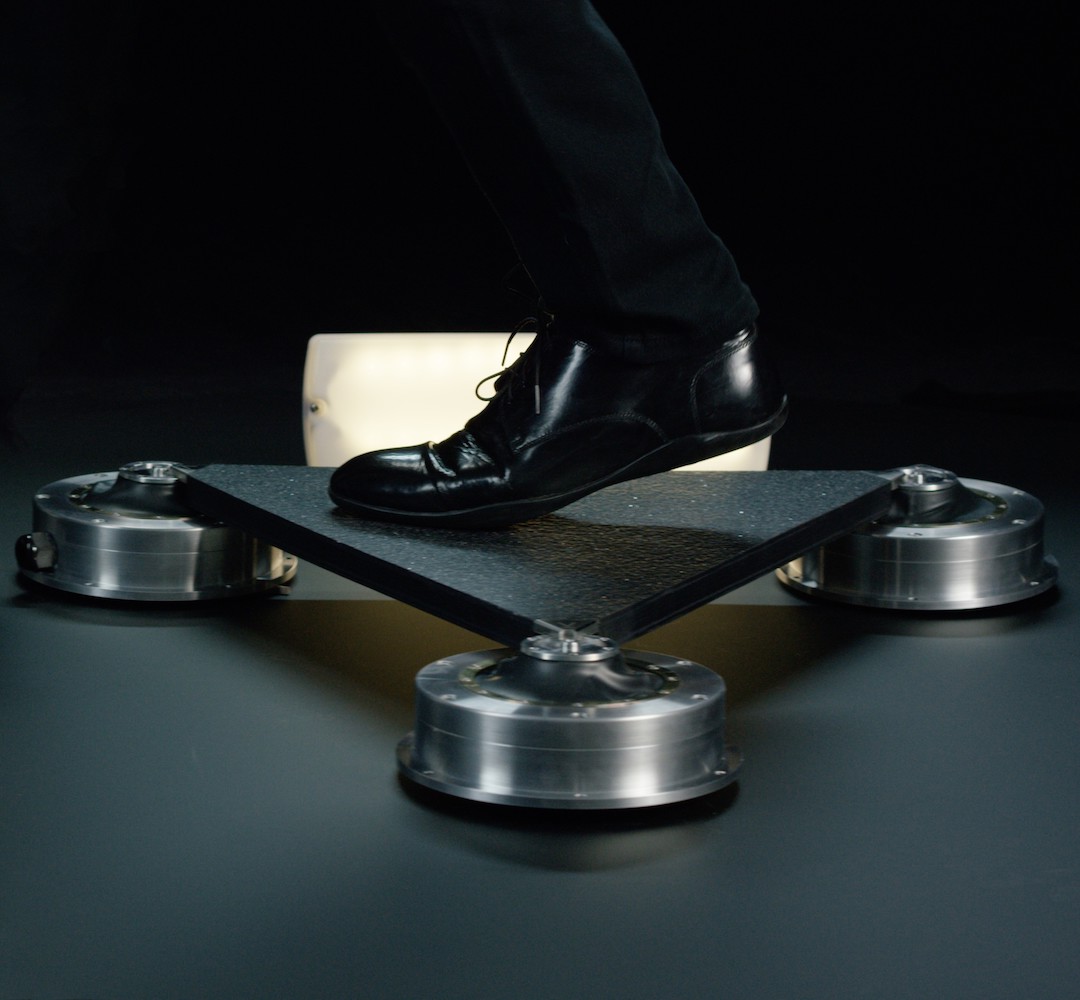 Photo: Pavegen
Photo: Pavegen
Through the use of Bluetooth Low Energy beacons, Pavegen can also communicate with users’ smartphones to provide analytics data via a permission-based rewards system. Through the app, users will be able to see how many joules of energy they have created, how many steps they have taken on the Pavegen surface, and what that energy could have powered, such as seconds of light for a nearby LED installation. Pavegen refers to this triumvirate of powerful human engagement, instant physical feedback, and data and customer analytics as the “Internet of Beings.”
Among the company’s clients are the Abu Dhabi International Airport, Google, Siemens, Transport for London, and Urban Renewal Authority Hong Kong. In the Abu Dhabi International airport, a 16-sm Pavegen walkway between Terminals 1 and 3 collects footsteps from 8,000 travelers a day. The system tracks footfall data, powers lighting along the walkway, and shows how much energy is currently being harvested. It also has a game where children can power airplanes on a screen with the energy they are creating on the walkway.
There’s a Pavegen walkway in the University of Birmingham’s Green Heart, a high-tech outdoor recreation space designed by Churchman Landscape Architects. The university says it is the first school in the U.K. to have a Pavegen walkway.
The University of Birmingham’s Pavegen walkway resides among native flowers, wild plants, and 160 new trees. Data from the walkway is monitored via a cloud-based platform. The electricity it generates powers USB charging stations on nearby benches.
Pavegen has also been deployed at Bird Street, a forgotten side road off Oxford Street in London, to create what Pavegen calls the world’s first smart street. The energy generated is used to power bird sounds by day and lights at night.
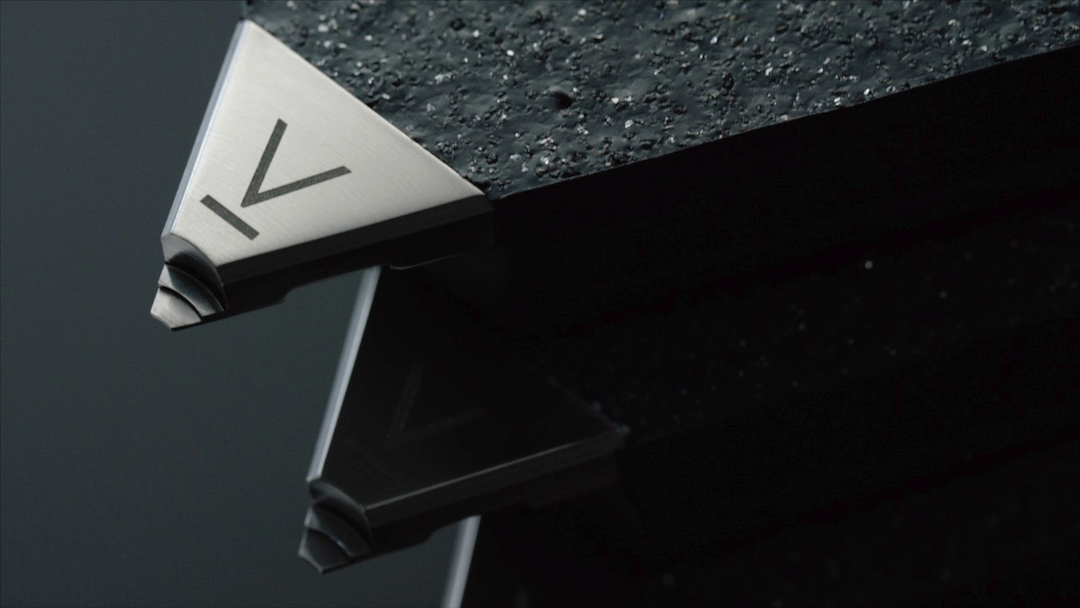 Photo: Pavegen
Photo: Pavegen
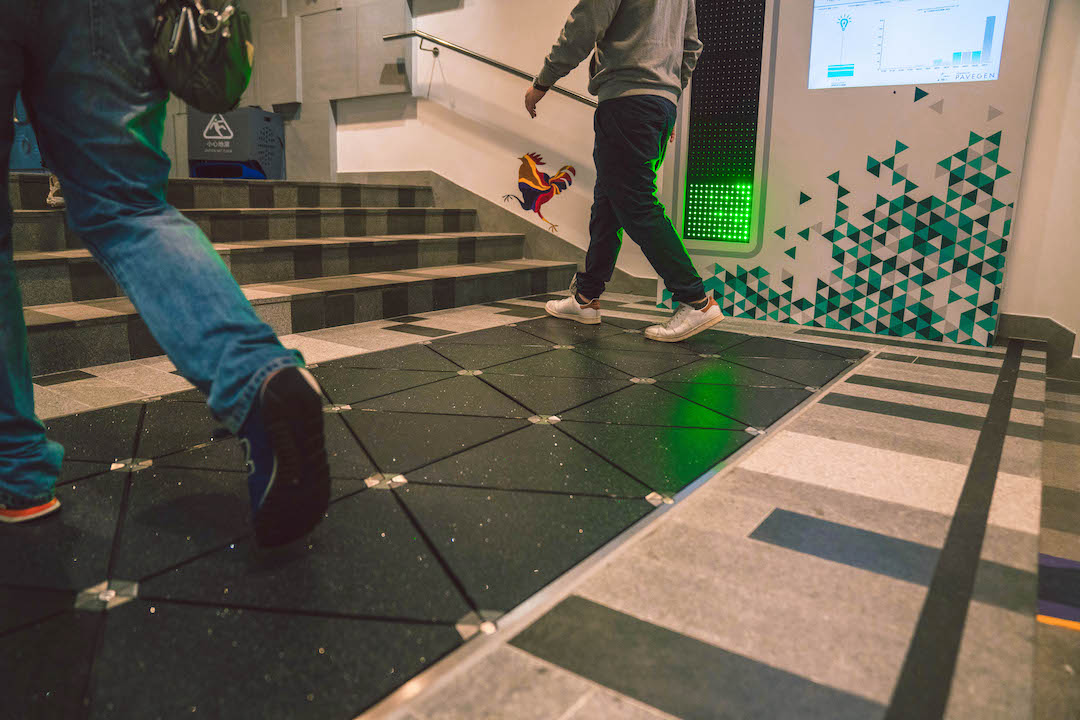 Photo: Pavegen
Photo: Pavegen
Related Stories
Cladding and Facade Systems | Apr 5, 2023
Façade innovation: University of Stuttgart tests a ‘saturated building skin’ for lessening heat islands
HydroSKIN is a façade made with textiles that stores rainwater and uses it later to cool hot building exteriors. The façade innovation consists of an external, multilayered 3D textile that acts as a water collector and evaporator.
Transportation & Parking Facilities | Mar 23, 2023
Amsterdam debuts underwater bicycle parking facility that can accommodate over 4,000 bikes
In February, Amsterdam saw the opening of a new underwater bicycle parking facility. Located in the heart of the city—next to Amsterdam Central Station and under the river IJ (Amsterdam’s waterfront)—the facility, dubbed IJboulevard, has parking spots for over 4,000 bicycles, freeing up space on the street.
Concrete | Jan 24, 2023
Researchers investigate ancient Roman concrete to make durable, lower carbon mortar
Researchers have turned to an ancient Roman concrete recipe to develop more durable concrete that lasts for centuries and can potentially reduce the carbon impact of the built environment.
Sponsored | Resiliency | Dec 14, 2022
Flood protection: What building owners need to know to protect their properties
This course from Walter P Moore examines numerous flood protection approaches and building owner needs before delving into the flood protection process. Determining the flood resilience of a property can provide a good understanding of risk associated costs.
Giants 400 | Nov 14, 2022
4 emerging trends from BD+C's 2022 Giants 400 Report
Regenerative design, cognitive health, and jobsite robotics highlight the top trends from the 519 design and construction firms that participated in BD+C's 2022 Giants 400 Report.
AEC Tech | Apr 13, 2022
A robot automates elevator installation
Schindler—which manufactures and installs elevators, escalators, and moving walkways—has created a robot called R.I.S.E. (robotic installation system for elevators) to help install lifts in high-rise buildings.
AEC Tech Innovation | Mar 9, 2022
Meet Emerge: WSP USA's new AEC tech incubator
Pooja Jain, WSP’s VP-Strategic Innovation, discusses the pilot programs her firm’s new incubator, Emerge, has initiated with four tech startup companies. Jain speaks with BD+C's John Caulfield about the four AEC tech firms to join Cohort 1 of the firm’s incubator.
Great Solutions | Jan 18, 2022
Researchers develop concept for rechargeable cement-based batteries
Researchers from the Department of Architecture and Civil Engineering at Chalmers University of Technology in Gothenburg, Sweden, have created a concept for rechargeable batteries made of cement. The concept involves a cement-based mixture with small amounts of short carbon fibers added to increase conductivity and flexural toughness.
Great Solutions | Nov 22, 2021
Drywall robots take the risk out of the finishing process
Canvas is using robots to complement the work already being done by drywall professionals.
Great Solutions | Sep 23, 2021
Seattle looks to become America’s most walkable city with a new citywide wayfinding system
Seamless Seattle will support the Seattle Department of Transportation’s commitment to increase the percentage of trips made by walking to 35% by 2035.


